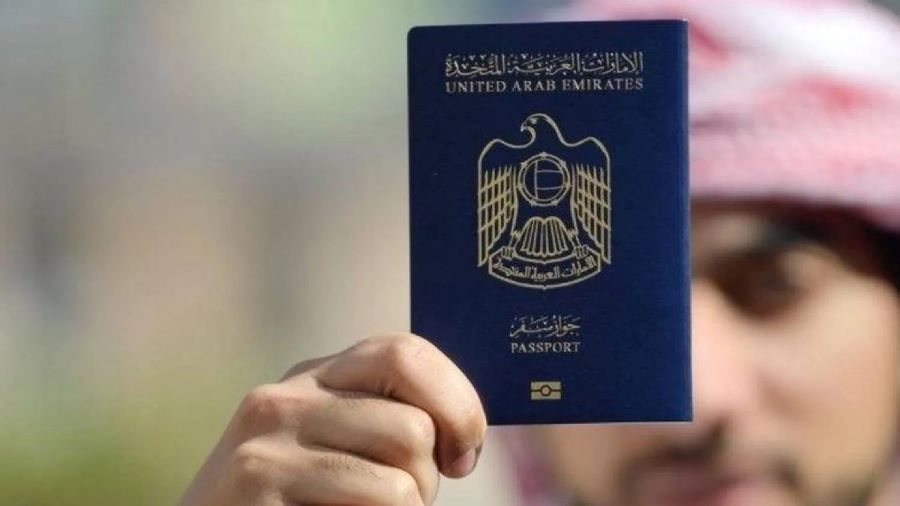
A picture illustration of U.S. dollar, Swiss Franc, British pound and Euro bank notes, taken in Warsaw January 26, 2011. REUTERS/Kacper Pempel/File Photo
Aussie and kiwi slide, yen up on Moderna CEO’s Omicron warning
Nov 30 (Reuters) – Risk-sensitive currencies slid and safe havens gained in the Asian afternoon on Tuesday, reversing direction after Moderna’s CEO said COVID-19 vaccines are unlikely to be as effective against the Omicron variant as it has been with other types.
“There is no world, I think, where (the effectiveness ) is the same level . . . we had with Delta,” Moderna Chief Executive Stéphane Bancel told the Financial Times in an interview.
The Australian dollar slid 0.65% to a new 12-month month low of $0.7093, and the New Zealand dollar lost 0.6% to $0.6783 after the interview was published, heading for its worst month since May 2015.
The yen gained 0.3%, with one dollar fetching as little as 112.97 yen matching its two week low hit Monday.
Earlier the Japanese currency had lost ground and antipodean currencies had gained as traders took comfort from very early hints that Omicron might be milder than feared as well as from remarks by President Joe Biden that the United States would not reinstate lockdowns. read more
But the World Health Organization warned of a “very high” risk of infection surges from Omicron, and countries around the world have reacted quickly to tighten border controls. read more
The euro was steady at $1.131 while sterling was little changed at $1.3315
The single currency slumped to a nearly 17-month trough of $1.11864 last week as European Central Bank policy makers stuck to their dovish stance in the face of heated inflation.
The latest reading on euro area consumer prices is due later Tuesday.
Prior to Omicron’s arrival, the main driver of currency moves was how traders perceived the different speeds at which global central banks would end pandemic era stimulus and raise interest rates as they looked to combat rising inflation without choking off growth.
In testimony prepared for Congress later Tuesday, Fed Chair Jerome Powell said Omicron could cause inflation pressures to last longer. read more
That would potentially speed the need for rate hikes, whereas traders initially reacted to Omicron’s discovery by pushing back bets for Fed tightening because of the risk to growth.
Money markets currently see good odds of a first rate rise in July, but one is not fully priced until September.
Looming Fed rate hikes had previously been supporting the dollar.
“The dollar weakness we saw on Friday shows that a lot of the dollar strength was more a function of Fed thinking and Fed pricing. On any other day you would have expected the US dollar’s safe haven credentials to have been prominent,” said Ray Atrill head of FX strategy at NAB.
The dollar index , which measures the currency against six major rivals, last traded at 96.075, back near Friday’s low of 95.973, when it suffered its biggest one-day drop since May.Reporting by Kevin Buckland Alun John and Tom Westbrook; Editing by Lincoln Feast & Shri Navaratnam
Our Standards: The Thomson Reuters Trust Principles.
This article was originally published by Reuters.













